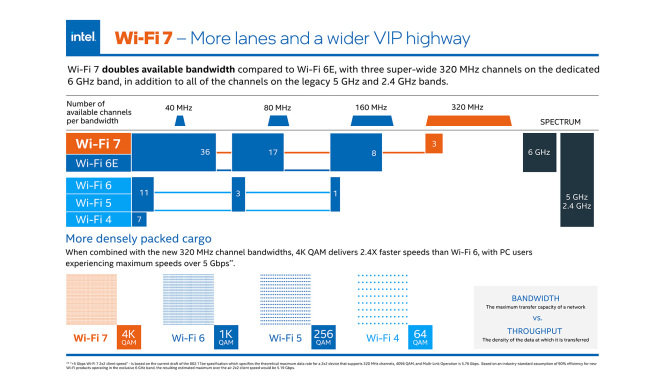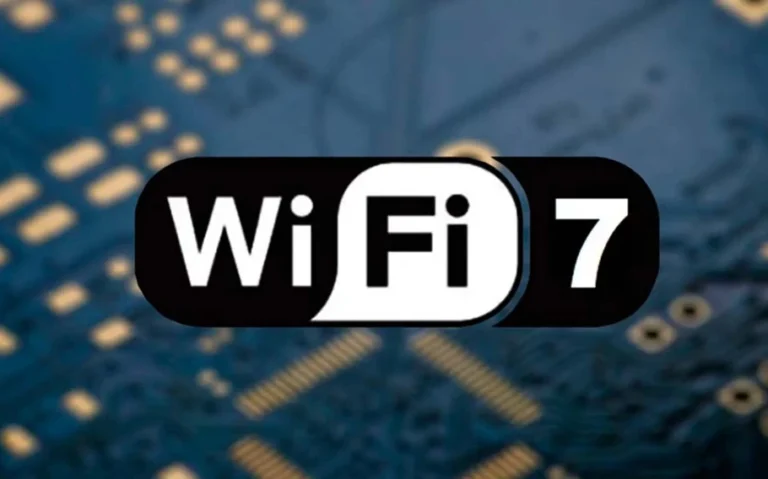It will still be a year or so before we see comparable hardware.
The next generation Wi-Fi standard, dubbed Wi-Fi 7 (802.11be)—which will replace Wi-Fi 6/6e—is expected to receive final certification in the coming months, which will open the door for wireless hardware manufacturers to start adopting the standard and integrating it into phones, computers, and smart home devices. In theory, this will result in our wireless connection speeds getting significantly faster in 2024.
According to Tom’s Hardware, the Wi-Fi Alliance has announced that the Wi-Fi 7 standard will be finalized by the end of Q1 2024. This will allow the specification for compatible devices to be finalized and written down so that manufacturers can create compatible wireless routers, client adapters, smartphone chips, and other products. While some Wi-Fi 7 devices are currently on the market, their creation was based on draft specifications rather than the final spec; they should still be compatible with future devices that support the new standard, though they might not be able to utilize the full performance permitted by the final standard.

Wi-Fi 7 will use 2.4GHz, 5GHz, and 6GHz frequency bands, just like Wi-Fi 6e; the 6GHz band was opened up by the FCC in 2020, but devices are only now beginning to support it. The main news about Wi-Fi 7 is that it will allow for a significant increase in performance over Wi-Fi 6. The current Wi-Fi 6e standard provides a theoretical maximum throughput of 9.6Gb/s, increasing to almost 40Gb/s with Wi-Fi 7. That is speed from the access point, though, so the actual performance of client devices will be lower due to overhead.
Wi-Fi 7 offers 4K QAM (Quadrature Amplitude Modulation), an upgrade from 1K in Wi-Fi 6, which Intel claims allows for 2.4X higher transmission rates. The most notable new addition is the arrival of three channels on the ultra-wide 320MHz spectrum, whereas Wi-Fi 6e topped out at 160Mhz channels. This should allow for twice the bandwidth compared to its predecessor in some scenarios. Additionally, compatible devices can switch between all three spectrums to ensure maximum transmission rates.
Even though the specification is almost finalized, it will take a year or two (or three) before any devices that support it become commonplace. Wi-Fi 6 was first introduced in 2019 and is still found in most new devices today. Wi-Fi 6e is supported by the majority of high-end devices these days, but that will change over the course of the next year as Wi-Fi 7 devices proliferate. Wi-Fi 7 routers are already available on the market, but as of right now, no client adapter is compatible with them. This means that a Wi-Fi 7 router cannot operate at those speeds, but it is future-proof. At least, no one can achieve Wi-Fi 7 performance until they have a compatible access point and client adapter, which we anticipate happening in late 2024 or early 2025.

